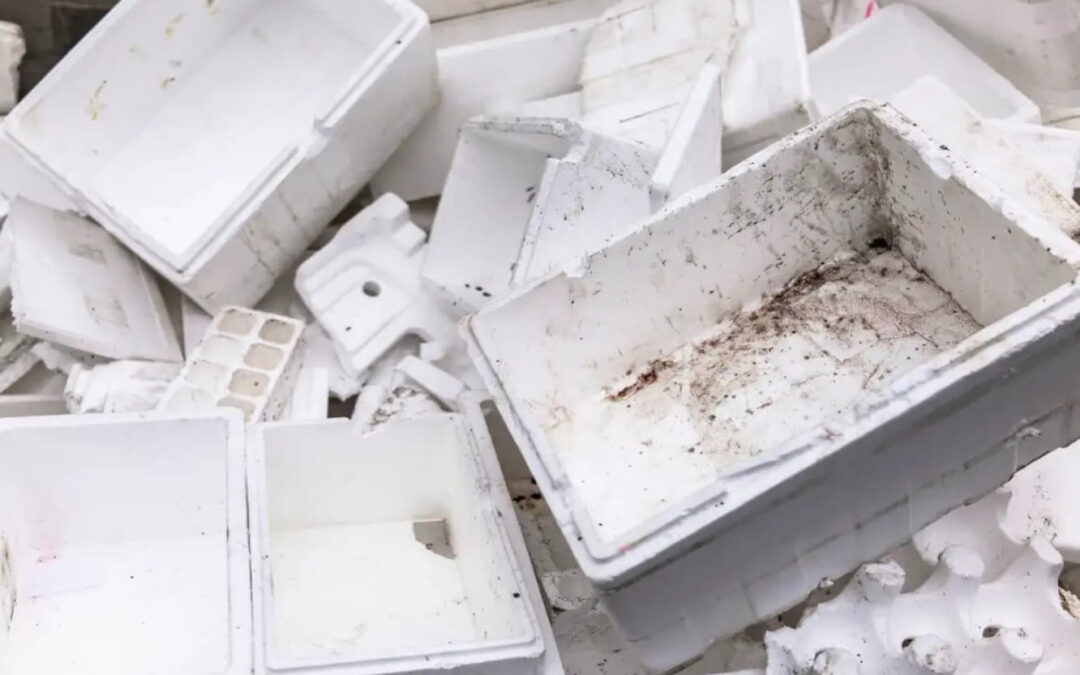In a world increasingly aware of its environmental footprint, we are continually seeking ways to reduce waste and promote sustainability. One such area that has gained significant attention is the management of foam packaging. This versatile material, often used for its excellent protective properties, can pose considerable challenges when it comes to disposal and recycling. Here, we share five practical tips to help recycle foam packaging effectively and responsibly.
Understanding the Material
Before we delve into the recycling techniques, it’s essential to understand the material we’re dealing with. The most common type of packaging is made from polystyrene, a type of plastic. While it is lightweight and provides excellent shock absorption, polystyrene is not typically accepted in curbside recycling programs due to its low density and high contamination potential.
Identify Recycling Centers
Although curbside recycling programs may not accept foam packaging, certain specialized recycling centres do. These facilities have the necessary equipment to compact and process polystyrene foam, making it more feasible to recycle. It’s worth taking the time to research and identify these centres in your locality.
Reuse Whenever Possible
One of the simplest and most effective ways to manage polystyrene foam packaging is to reuse it. Many businesses, ranging from local craft stores to shipping companies, often welcome donations of clean, gently-used packaging. Not only does this extend the life of the packaging, but it also reduces the demand for new materials.
Preparing Foam for Recycling
It’s crucial to prepare your packaging of foam correctly before taking it to a recycling facility. Ensure that the material is clean and free from any contaminants such as tape or labels. This step helps improve the efficiency of the Styrofoam recycling process and the quality of the recycled products.
Advocate for Foam Recycling Programs
Lastly, consider advocating for foam recycling programs in your community. By raising awareness about the importance and feasibility of foam recycling, you can help create systemic changes that make it easier for everyone to recycle the packaging of foam.
Conclusion
While it seems to be a daunting task to recycle foam packaging, these tips provide a roadmap to navigate this complex process. By understanding the material, identifying recycling centres, reusing packaging, preparing foam for recycling, and advocating for recycling programs, we can all play a part in reducing waste and promoting a more sustainable world. Let’s embrace these practices and make a difference, one piece of foam at a time.

